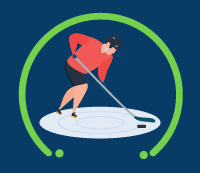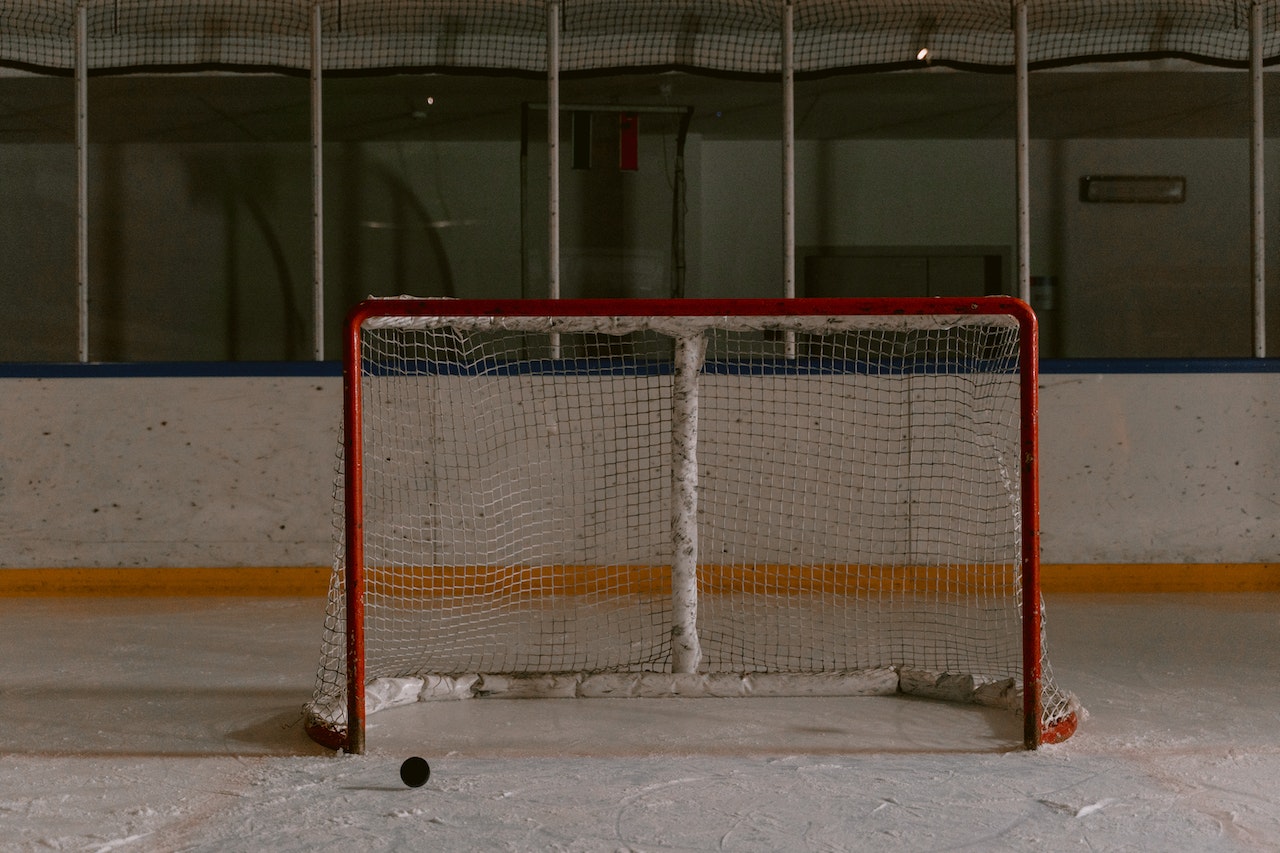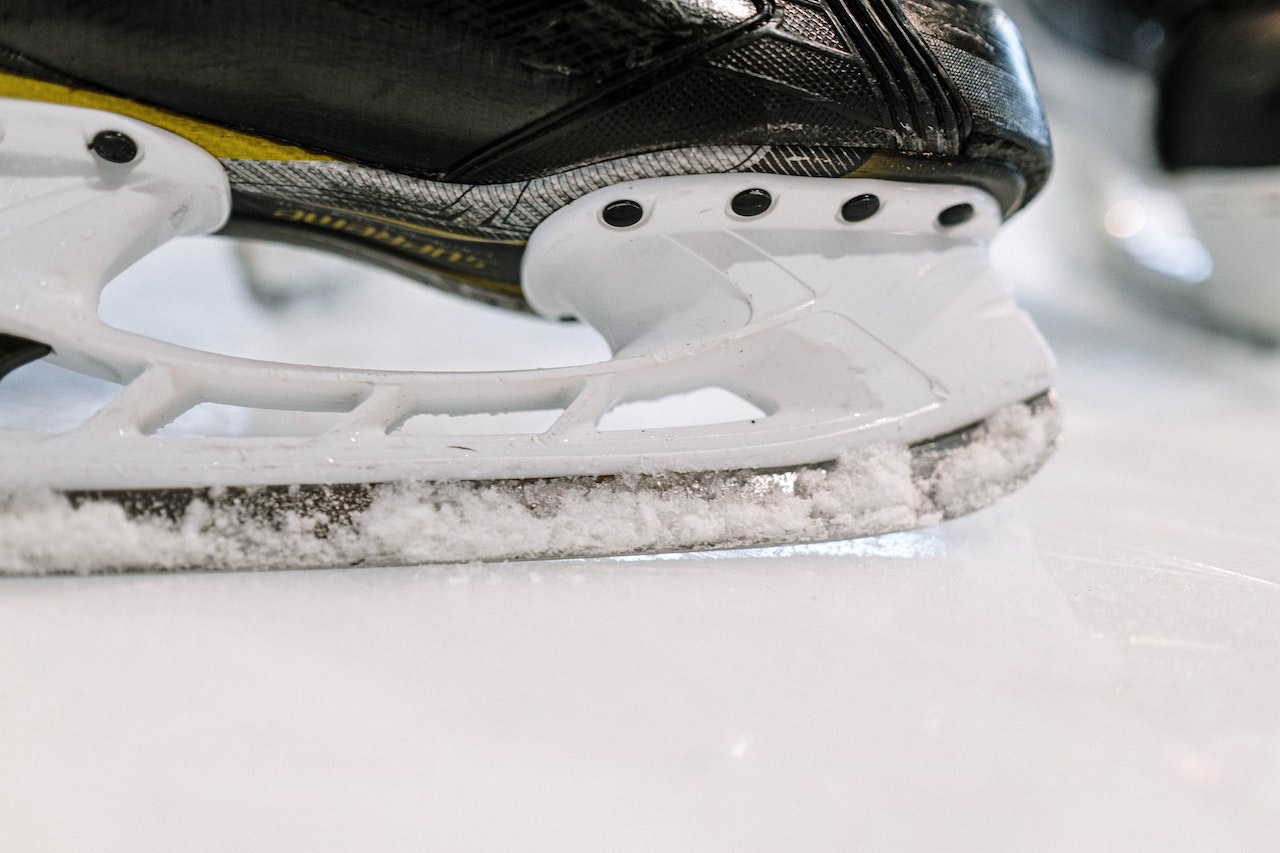Body checking is one of the most strategic and scrutinized elements of ice hockey. It’s a powerful tool for separating players from the puck, but only when used legally, safely, and with purpose. In this guide, we’ll explore not just the core techniques, but also the rule changes, off-ice training recommendations, and evolving checking standards across leagues.
TL;DR:
- Body checking is legal only when timed correctly and directed to safe contact zones like the torso or hips.
- 2025 rule updates increase penalties for head contact, late hits, and boarding — especially in youth and women’s leagues now adopting limited checking.
- Mastering proper technique includes balance, angling, and safe stick use — not brute force.
- Off-ice training, safety gear, and learning to receive checks are equally important for injury prevention.
- Body checking is a strategic, puck-separation tool — not a license for aggression.
What is Body Checking in Ice Hockey?
Body checking is a legal defensive move in which a player uses their hips, shoulders, or torso to physically disrupt an opponent’s control of the puck. The intent isn’t to punish, but to stop play and regain possession. While aggressive, a well-executed body check is clean, timed, and purposeful — not reckless.
Types of Legal Body Checks
- Shoulder Check: Player uses their shoulder to separate the puck carrier from the puck.
- Hip Check: Player rotates their hips into the opponent’s midsection or lower body.
- Board Check: A controlled hit near the boards to contain an opponent.
- Angling: Steering the opponent into a vulnerable position for a legal hit.
High-sticking, late hits, charging, or targeting the head? These are illegal and penalized under 2025 league rules.
A concise overview of the various types of body checks in ice hockey, including their effectiveness and associated risk of injury.
| Type of Body Check | Brief Description | Effectiveness or Risk |
|---|---|---|
| Shoulder Check | Using the shoulder to contact opponent's chest or side. | Effective; Moderate risk of injury |
| Hip Check | Lowering body to contact opponent's waist or hip with own hip. | Highly effective; Low risk of injury |
| Stick Check | Using stick to lift or poke at opponent's stick. | Effective; Low risk of injury |
| Poke Check | Quick jab with stick to knock puck away, no body contact. | Moderate effectiveness; Low risk of injury |
| Press Check | Pinning opponent against boards with body. | Effective for containment; Moderate risk of injury |
| Sweep Check | Sweeping puck away with stick, combined with body contact. | Moderate effectiveness; Moderate risk of injury |
| Angling | Steering opponent to limit options, create body checking chance. | Effective for control; Low risk of injury |
| Open-Ice Check | Body check away from boards, using shoulder or hip. | Highly effective; High risk of injury |
Safe and Effective Technique: Core Fundamentals
- Body Position & Balance: Stay low, knees bent, weight forward. A strong core helps absorb or deliver hits without losing stability.
- Timing & Angling: Guide your opponent using your body and stick positioning, then deliver the check when they’re vulnerable but within rules.
- Use of Contact Points: Legal checks come from the shoulder or hip — never the hands, elbows, or head. Stick must stay low.
- Protect Yourself Too: Always keep your head up and brace for contact when receiving a check. Know how to absorb impact safely.
Body Checking Progression and Player Development
Most youth hockey programs introduce body checking in stages:
- Angling & Positioning
- Stick Checking
- Body Contact (non-checking leagues)
- Full Body Checking (typically U15+)
USA Hockey and Hockey Canada both emphasize skill development before contact, to reduce injury risk and build proper technique.
2025 Rule Emphasis: Safety First
- Illegal Contact Enforcement: Officials are strictly penalizing hits to the head, from behind, and late contact after puck release.
- Respect the Whistle: Contact after stoppages or during line changes is an automatic penalty.
- Women’s Hockey Rule Updates: Some leagues like the PWHL and Swedish Women’s Hockey League now permit limited body checking under specific conditions.
Understanding Body Checking Rules and Penalties (2025 Update)
Legal body checking must follow strict guidelines — and 2025 rulebooks are clearer and more consistently enforced than ever.
Key Rule Highlights:
- Puck Possession Requirement: You can only deliver a check to a player who has control of the puck. Hitting a player without the puck is interference.
- Target Zones: Contact must be made to the torso or hips — not the head, neck, or knees.
- Timing and Positioning: Late hits or those delivered from behind are considered dangerous and penalized accordingly.
- Intent Matters: Even if the hit is delivered to a legal zone, excessive force or evident intent to injure can result in a major penalty or game misconduct.
| Infraction | Description | Typical Penalty |
|---|---|---|
| Charging | Taking more than 3 strides or jumping into the check | Minor or Major |
| Clipping | Contact below the opponent’s knees | Minor or Major |
| Elbowing/Kneeing | Using elbow or knee to initiate contact | Minor or Major |
| Boarding | Violently checking opponent into the boards | Major or Game Misconduct |
| Head Contact | Any hit targeting or resulting in contact with the head | Major or Game Misconduct |
| Interference | Checking player without puck possession | Minor |
| Slew Footing | Kicking or tripping opponent's feet during a check | Major or Game Misconduct |
| Leaving the Feet | Jumping into the check | Minor or Major |
Referees are trained to spot subtle intent and context. With stricter video review and coaching challenges available, players are held to a higher standard of safety.
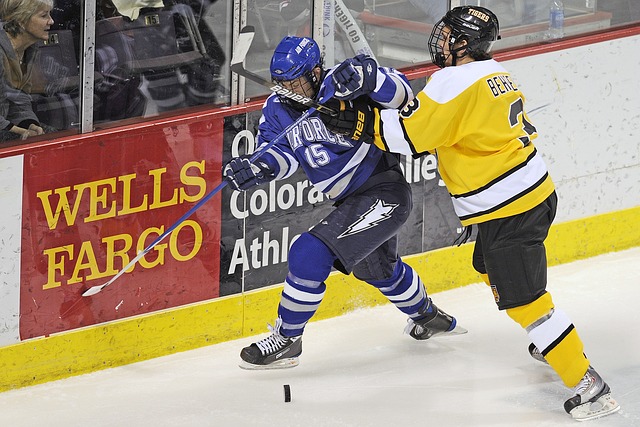
Mastering body checking techniques is crucial, but it’s equally important to understand the consequences of penalties in the game. Dive into our guides on PIM in Hockey and Hockey Penalties to grasp the impact and importance of player penalties.
Technique, Drills, and Skill Development for Body Checking
Mastering body checking takes more than physical strength — it’s a combination of timing, balance, spatial awareness, and repetition. Here’s how players can refine their checking skills:
Drills for Better Checking Execution
- 1-on-1 Angling Drills: Practice steering puck carriers into the boards using controlled footwork and stick placement.
- Mirror & Shadow Drills: Players match movements of a puck carrier to build anticipation and defensive positioning.
- Shoulder Contact Drills: Light contact in drills to teach shoulder lead mechanics and follow-through without risking injury.
- Wall Bracing Drills: Help players learn to safely receive a check by using the boards to absorb force while staying balanced.
- Small-Area Games: Use tight spaces to force quick reactions, maintain puck control, and check legally under pressure.
Coaching Tips
- Reinforce that checking is a puck-separation tool — not an intimidation tactic.
- Focus on posture, edge control, and timing.
- Always debrief after drills to correct dangerous habits early.
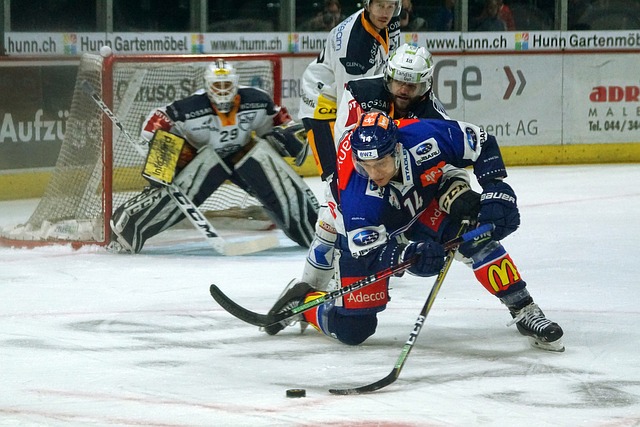
Equipment and Injury Prevention for Body Checking
The right gear — properly fitted and maintained — is essential for safe body checking. And beyond equipment, good habits are just as important for avoiding injury.
Must-Have Protective Gear
- Helmet with Full Cage or Visor: Certified by HECC or CSA. Protects against head impact and facial injuries.
- Shoulder Pads: Must protect collarbone, chest, and upper back without restricting movement.
- Elbow Pads: Shield elbows from direct contact and impact during falls.
- Gloves: Should cover the wrist and fit snugly for stick control and impact protection.
- Mouthguard: Reduces risk of dental trauma and cushions potential concussions.
- Padded Pants and Shin Guards: Protect hips, thighs, knees, and lower legs.
- Neck Guards (optional): Recommended for youth and vulnerable skaters.
Smart Injury Prevention Tips
- Warm Up Thoroughly: Always prepare joints and muscles before practice or games.
- Train Neck and Core: Build strength to reduce whiplash and absorb contact better.
- Never Lead With Your Head: Keep your head up and eyes scanning to avoid dangerous collisions.
- Stay Within the Rules: Illegal checks carry the highest risk of injury to both players.
- Respect Your Opponent: Good technique includes good sportsmanship.
FAQs About Body Checking in Ice Hockey (2025)
Can you body check in ice hockey?
Yes — but only within the rules. Body checking is legal when the opponent has possession of the puck and contact is made with the torso or hips, not the head or knees.
What is considered a legal vs. illegal check?
A legal check uses the shoulder or hip to separate a puck-carrying opponent from the puck. Illegal checks include head contact, boarding, late hits, and any hits from behind.
At what age is body checking introduced?
In most North American leagues, full body checking is introduced at the U15 level (13–14 years old). Before that, players are taught angling, stick checks, and body contact.
How do you avoid getting body checked in hockey?
Use smart puck control, quick passes, and awareness. Keep your head up, change directions quickly, and stay near the boards or teammates for support.
How do players protect themselves when receiving a check?
They lower their stance, keep their feet moving, brace with their legs, and angle their body to absorb contact safely — especially near the boards.
Why is body checking not allowed in women’s hockey?
Traditionally, for safety reasons — due to size/mass differences. However, in 2025, some pro leagues like the PWHL and Swedish Women’s Hockey League allow limited checking with clear rules and oversight.
What’s the difference between a clean hit and a dirty hit?
A clean hit is delivered to a puck-carrying player with legal contact points (shoulder/hip), on time, and with control. A dirty hit is late, targets the head/back, or shows intent to injure.
What are the long-term risks of frequent body checking?
Players with checking-heavy careers face risks like chronic joint pain, spinal stress, and potential neurological issues — especially if concussions are involved. Proper technique and training are critical.
Final Thoughts
Body checking is more than just a physical act — it’s a technical, strategic, and regulated part of modern hockey. As rules continue to evolve and awareness around safety grows, players who understand the mechanics, rules, and training behind a legal check will have the competitive edge — and a longer, healthier career.
Master the skill, respect the game, and always put safety first.
References
USA Hockey’s Checking Progression
Hockey Canada’s Body Checking Resource Guide
National Hockey League Rulebook
Unlock Your Ice Hockey Potential with Our Comprehensive Resources
Explore our collection of informative blogs and take your ice hockey game to the next level. Our resources cover everything from ice hockey skills and nutrition to icing strategies, off-ice training, rules and regulations, player positions, and goaltending techniques.
- Boost Your Ice Hockey Skills with Proven Techniques
- Optimize Your Ice Hockey Performance with Proper Nutrition
- Grasp Icing in Hockey: Impact and Strategies
- Train Off the Rink: Boost Your Ice Hockey Conditioning and Skills
- Master the Fundamentals: Ice Hockey 101 Guide for Beginners
- Understand Ice Hockey Rules: Beginner’s Guide
- Grasp Player Positions in Ice Hockey: Expert Tips and Insights
- Learn the Art of Ice Hockey Goaltending: Tips and Techniques from Pros
- How to Master Ice Hockey Shooting?
- Understanding Hockey Power Plays
- Periods in Hockey
Unlock your ice hockey potential with our comprehensive resources. Whether you’re a beginner or a seasoned player, let us help you take your game to the next level.
